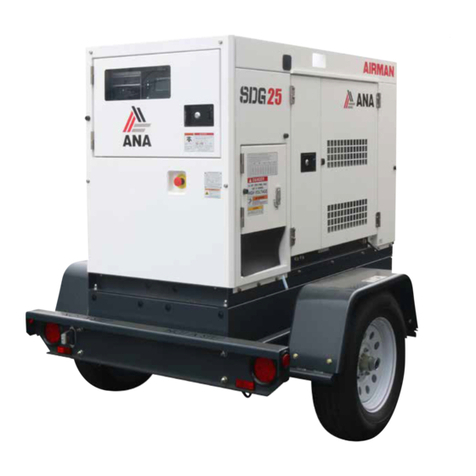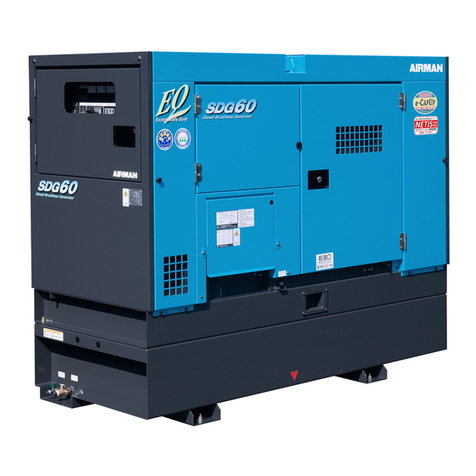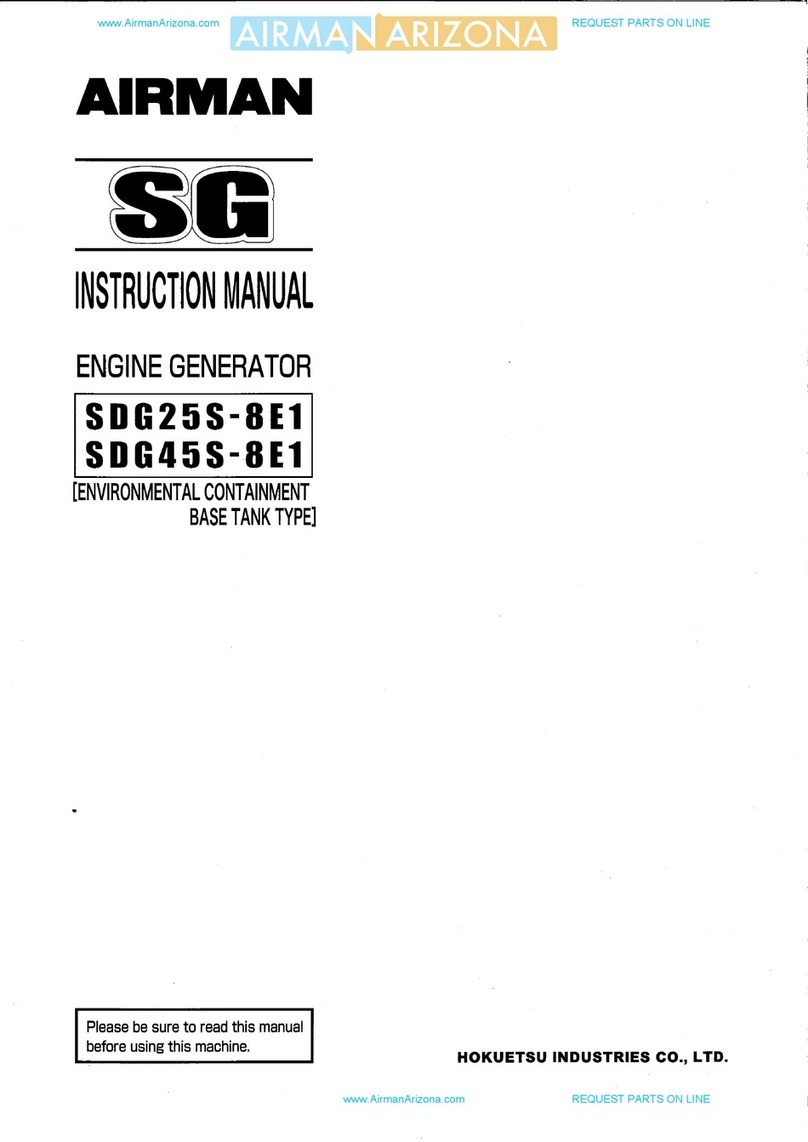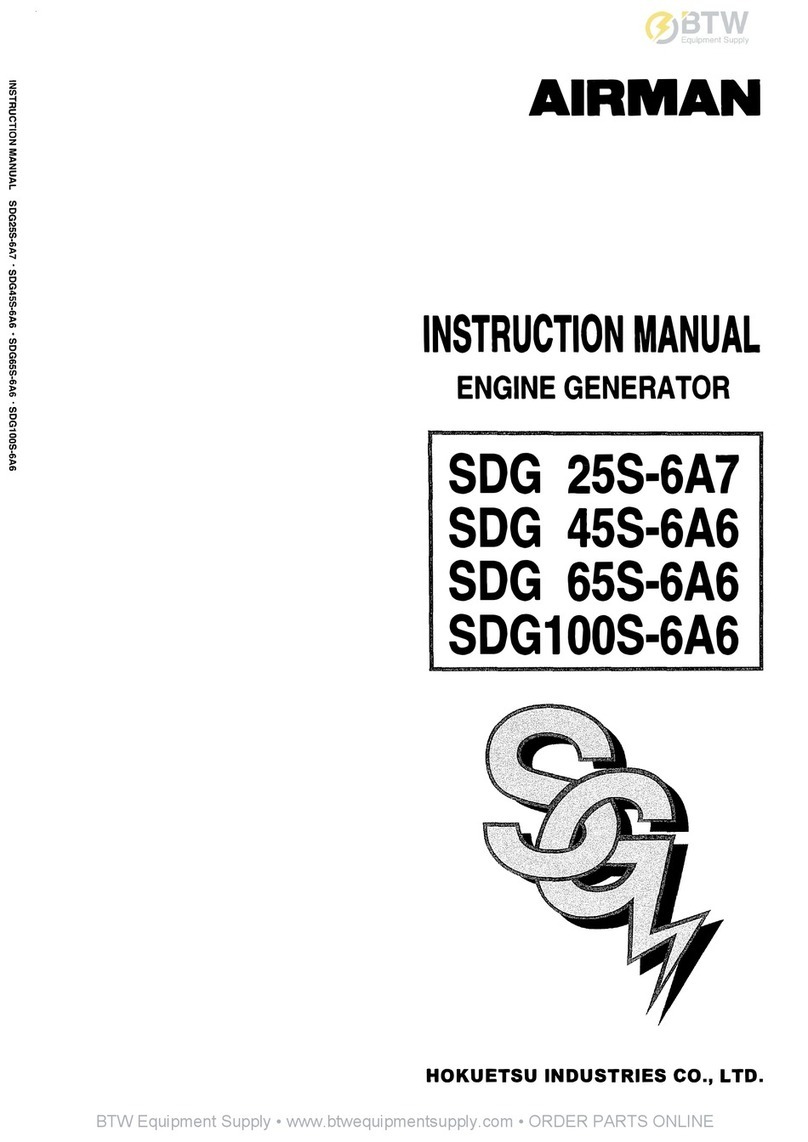
Table of Contents
TOC-1
1. Safety..................................................................................................................................................
1- 1
1. 1 Caution before Operation...........................................................................................................
1- 2
1. 2 Caution during Operation...........................................................................................................
1- 7
1. 3 Caution during Inspection and Maintenance..............................................................................
1-10
1. 4 Safety Warning Labels...............................................................................................................
1-13
2. Names of Components .....................................................................................................................
2- 1
2. 1 Unit Appearance and Part Names...........................................................................................
2- 1
2. 2
Main
Components and Part Names .........................................................................................
2- 2
2. 3 Instrument Panel........................................................................................................................
2- 4
2. 4 Warning and Emergency Display...............................................................................................
2- 5
2. 5 GFCI (GROUND-FAULT CIRCUIT INTERRUPTER) RECEPTACLES.....................................
2- 6
3. Transportation ...................................................................................................................................
3- 1
4. Installation..........................................................................................................................................
4- 1
4. 1 Place and Conditions of Unit Installation....................................................................................
4- 1
4. 2 Selecting Cable..........................................................................................................................
4- 2
4. 3 Connecting Load........................................................................................................................
4- 2
4. 4 Grounding Method .....................................................................................................................
4- 5
5. Operation............................................................................................................................................
5- 1
5. 1 Check before Starting the Unit...................................................................................................
5- 1
5. 2 Unit Operation............................................................................................................................
5- 6
5. 3 Stopping Procedures..................................................................................................................
5-10
5. 4 Operating Procedures when Engine Fails to Start up on First Attempt......................................
5-10
5. 5 Adjustment of frequency ............................................................................................................
5-11
5. 6 Emergency Stop.........................................................................................................................
5-12
5. 7 Air Bleeding................................................................................................................................
5-12
6. Periodic Inspection and Maintenance .............................................................................................
6- 1
6. 1 Important Items at Periodic Inspection and Maintenance or after Maintenance........................
6- 1
6. 2 Daily Inspection and Keeping Operation Log.............................................................................
6- 2
6. 3 Inspection and Location of Componets......................................................................................
6- 3
6. 4 First Maintenance at Initial 50 Hours..........................................................................................
6- 5
6. 5 Maintenance Every 250 Hours...................................................................................................
6- 7
6. 6 Maintenance Every 300 Hours...................................................................................................
6- 9
6. 7 Maintenance Every 500 Hours...................................................................................................
6-10
6. 8 Maintenance Every 600 Hours...................................................................................................
6-11
6. 9 Maintenance Every 1000 Hours.................................................................................................
6-12
6.10 Maintenance Every 2000 Hours.................................................................................................
6-14
6.11 Periodic Inspection List..............................................................................................................
6-15
7. Maintenance/Adjustment..................................................................................................................
7- 1
7. 1 Automatic Shut-Down System ...................................................................................................
7- 1
7. 2 Maintenance of Battery..............................................................................................................
7- 1
7. 3 Adjusting controller for automatic starting..................................................................................
7- 2
7. 4 Troubleshooting .........................................................................................................................
7- 3
8. Storage of the Unit............................................................................................................................
8- 1
8. 1 Preparation for Long-term Storage ............................................................................................
8- 1
9. Specifications ....................................................................................................................................
9- 1
10. Wiring Diagram..................................................................................................................................10- 1
10. 1 Generator Wiring Diagram.........................................................................................................10- 1
10. 2 Engine Wiring Diagram..............................................................................................................10- 5


































